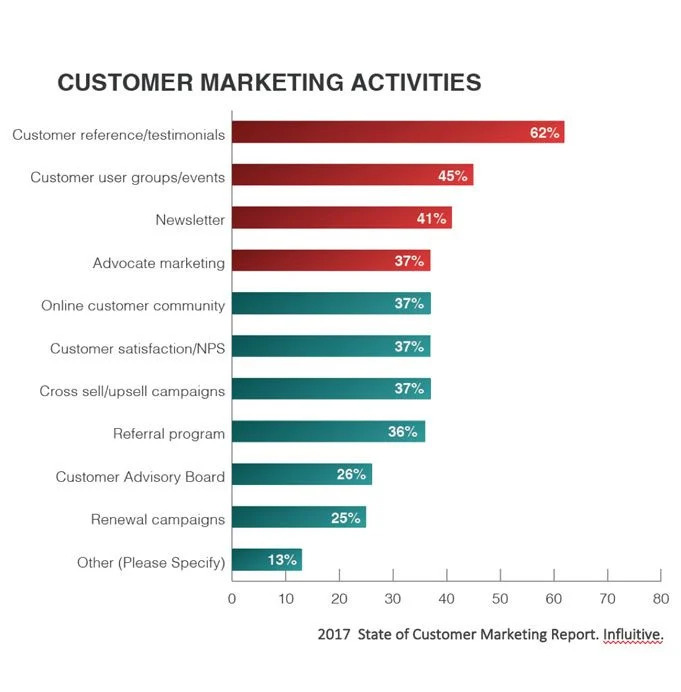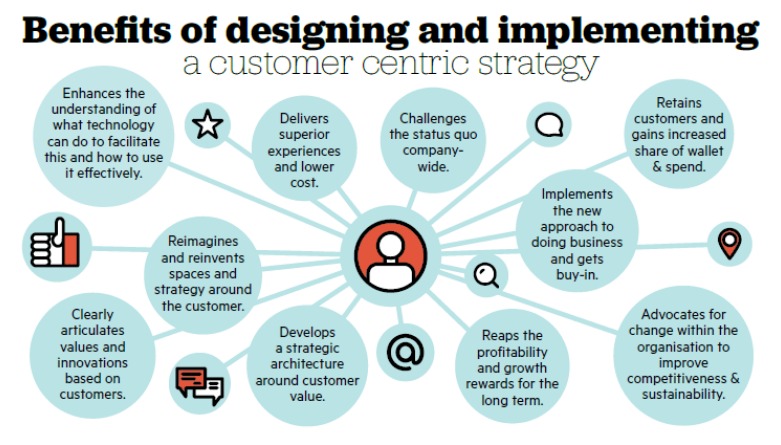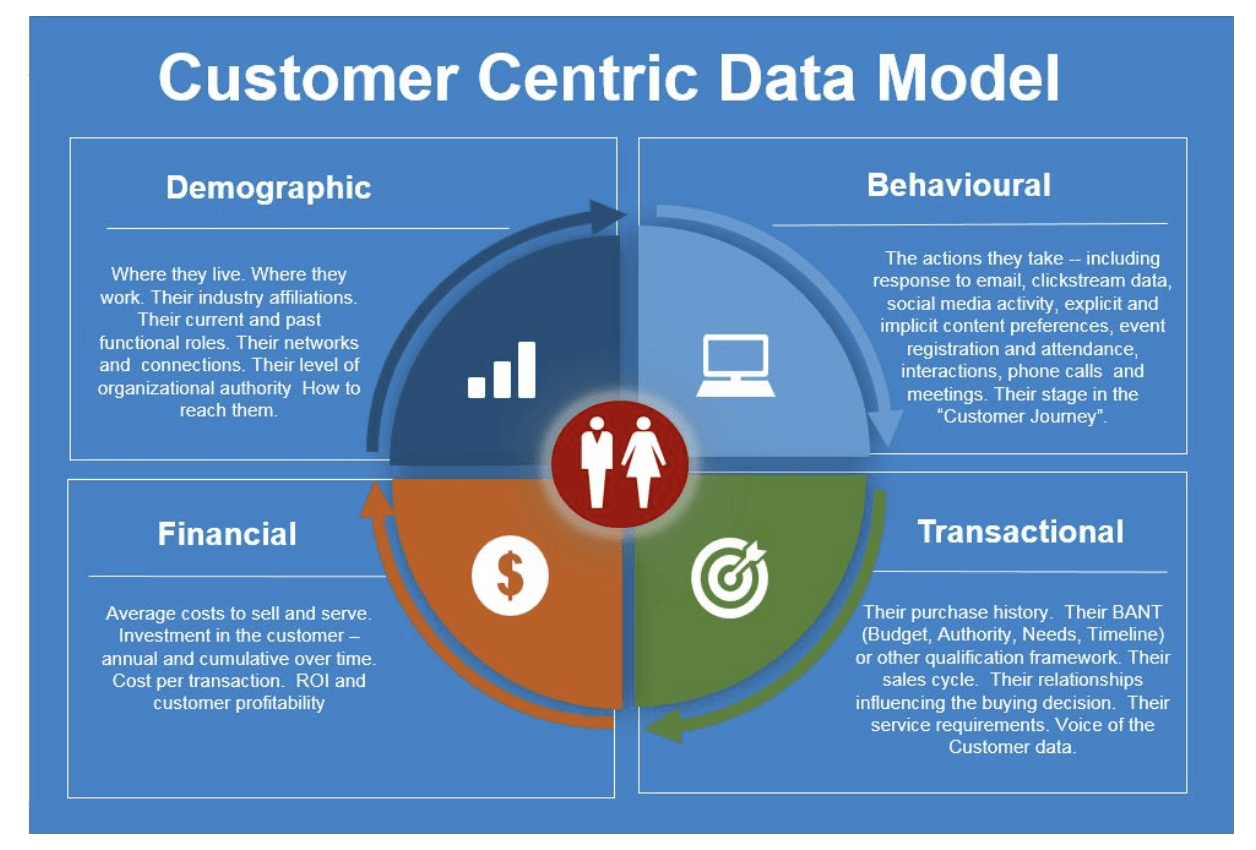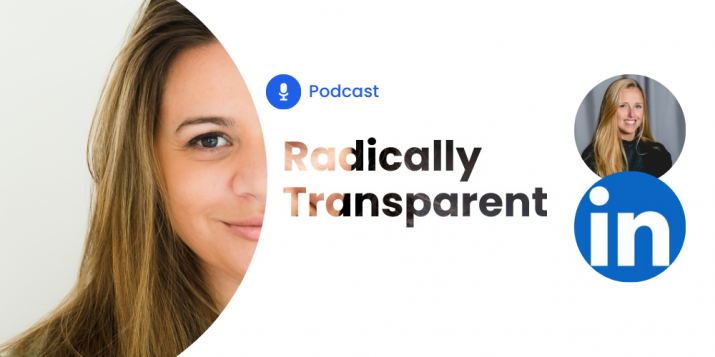
Customer marketing: The true B2B game changer
Many B2B businesses have nailed the lead generation and conversion parts of the sales cycle. They know how to sell their product to prospects and secure their business. But when the deal is done, what happens next? What’s needed is a strategy to retain and nurture customers, making them the focus of the business. That’s where customer marketing comes in.
Customer marketing is becoming a necessity in the B2B world. It’s changing the game for the better by making B2B marketers realize that the practice of nurturing a prospect down the funnel, converting them into a customer, and then never speaking to them again is dying (as it should). Even better, it’s making way for the idea that all products or services revolve around your customers—after all, the customer is king.
Customer satisfaction shouldn’t be your only motivation for running customer marketing campaigns. A 5% increase in customer retention can propel profits by a whopping 25% to 95%, meaning that this could be a game-changer for your finances and your brand image.
This post will explore customer marketing, its significant benefits, and how to apply it to your business to skyrocket your retention rates.
Quick links
- What is Customer Marketing?
- Types of Customer Marketing
- Game-Changing Benefits of Customer Marketing
- How to Build a Great B2B Customer Marketing Strategy
- 4 B2B Customer Marketing Trends You Can Use
What is customer marketing?
Customer marketing refers to any marketing directed at current customers. It differs from typical B2B marketing, which usually revolves around building relationships with prospects and often forgets about converted customers.
Customer marketing grows from the realization that customers who have purchased from you before aren’t necessarily going to purchase from you again without a prompt, even if they were happy with your product or service.
The mission is to:
- Improve retention rates
- Get to know your customers
- Secure reviews and recommendations
- Harness opportunities to cross-sell
Quick math will tell you that customer marketing is a big deal: it can cost five times more to acquire a new customer than keep an existing one.

Why? The answer can be found in your churn rates—the rate at which customers stop doing business with you. It’s easy to see your prospects as your golden ticket, but constantly chasing new leads while your current customers leave you in droves is a lose-lose situation.
Customer marketing is crucial because it can help you retain existing business, keeping churn and acquisition rates low and retention rates high.
Types of customer marketing
Once you’re ready to invest in customer marketing, the next step is to decide what strategies to use. Here are some of the most popular customer marketing strategies:

Newsletters
Emails can increase the average order value by 17%. So why not pack your email marketing with interesting, engaging, and relevant content for your customers in the form of newsletters? One proposed strategy for newsletters is the 90/10 method: 90% engaging information and 10% sales material. Newsletters are a great way to boost click-through rates, therefore building engagement.
Cross and upsell campaigns
Existing customers will have already seen the value in your product or service when they purchased it for the first time, but you’ll need to keep this value proposition going during your cross and upsell campaigns. Try offering knowledge base and customer education content, in which you inform and educate them while providing compelling ways to cross or upsell.
Referral programs
Word-of-mouth is still a key marketing strategy for building your brand reputation. Referral programs incentivize previous customers to become advocates for your brand. Accelerate the referral process by offering them rewards or perks when they share their testimonial with a friend or another business, fostering loyalty in the process.
Recommended for further reading
What are the game-changing benefits of customer marketing?
83% of B2B buyers say that an excellent customer service experience would lead them to purchase again from the same supplier, so it pays (literally) to be a customer-centric business. Building steady customer income can drive the potential for increased growth, revenue, and profits. It also helps build business resilience, something that’s more important today than ever.
Here are the most significant benefits of dedicating your time and budget to customer marketing:
- Close the Acquisition Gap: Generate more revenue through retention, increase ROI, and save costs on acquisition.
- Your Customer Becomes Your Asset: Capitalize on building a loyal following that you know and understand, and vice versa.
- Predict the Future: Forecast your customers’ behavior, when they’ll re-engage with you, and what might stop them.
- Unlock Cross-sell Opportunities: If you know what your customers like, you’ll know what they want more of.
- Increase Your Referrals: Low-cost marketing with a high impact.
- Better Buyer Visibility: Understand your customers’ needs, behavior, and interests.

How to build a great B2B customer marketing strategy
Now that you know the benefits of customer marketing, how can you implement it into your business? Here are four ways to boost your customer marketing strategy:
1. Develop Customer Personas
77% of the most successful marketers use personas in their customer marketing. A customer persona is a detailed buyer profile that includes:
- Demographics
- Behavioral patterns
- Likes and dislikes
- Goals
- Job role
71% of customers now expect personalized interactions with the companies they buy from, so taking the time to develop personas can help you approach your customers with marketing campaigns that suit them.
Relevant messaging that addresses your customers’ pain points provides a solution or speaks directly to them will leave them feeling special and show that you genuinely understand them.
2. Engagement is key
It’s simple: engaged customers will stick with you. Set engagement goals (for retention, upsell, cross-sell, sign-up, etc.) for every customer marketing activity that you launch. For example, if you send out a newsletter to existing customers, you could direct them to an exclusive 10% off code or a refer-a-friend bonus. Provide value by offering them something worth staying for.
3. Secure better reviews
Reviews and recommendations aren’t reserved for B2C businesses. 84% of B2B buyers start their purchasing process with a referral, and 92% are more likely to purchase after reading a trusted review. Positive reviews will increase your business’s chance of getting noticed.
They also help you build trust, a loyal customer base, and a better customer experience. Customer marketing is a great way to ask for reviews—you’re providing extra value to their lives, and they’ll be more likely to thank you.
4. Use data to the max
Delivering a positive customer experience shouldn’t be a guessing game. It should be data-driven and based on analytics and insights. By implementing and leveraging the right tools, your business can use data to:
- Ensure consistency across your customer journey
- Deliver personalized customer marketing and experiences
- Identify customer trends and patterns
- Deliver the right message at the right time
- Forecast trends to become proactive rather than reactive
- Connect with clients in real-time
A comprehensive customer-centric data model is the foundation for building great customer-marketing campaigns.

4 B2B Customer Marketing Trends You Can Use
Although the marketing landscape is ever-changing, one thing is consistent: you need happy customers. Here are four trends to inspire your B2B customer marketing strategies:
1. Engage with Interactive Content
79% of marketers agree that interactive content significantly helps drive repeat visits to their company’s website. Standing out on the internet can be challenging. But creating enticing interactive content such as competitions, quizzes, and games can encourage your customers to get involved—and get to know your business.
2. Use Social Media for More

Social media is a competitive landscape for B2B businesses, meaning that broad and generic content can get lost in the sea of selfies. There’s no need to personalize your content for every single follower—instead, take a focused approach and offer personalization through interaction.
Be helpful, add value, and create strong bonds with your customers by showing them that your business is human too.
3. Take a Micro-Moment Approach
To meet your customers’ needs, you’ll want to be where they are—on their mobile devices. Micro-moments happen when customers turn to their phones to search, learn, or watch something. Failing to put out content across mobile channels (search, video, display) could mean you’re missing out on being part of their “I want to buy” moments.
4. Embrace the “Age of the Customer”
With so many platforms to choose from, a crowd of content to view, and many marketing emails to sift through, it’s understandable if your customers slowly stop feeling engaged with your business and move on.
It’s also understandable if your business is struggling to compete for your customers’ attention. Or maybe you’ve slipped into prospect-focused marketing and find that you’re neglecting the value that your existing customers can offer. But there’s a better way to have relationships with your customers that’s a real game-changer.
Employing customer marketing offers B2B the opportunity to rely on your customers for revenue, referrals, and loyalty. It provides lifetime benefits for businesses and customers and sets you apart by humanizing your brand. It’s the “Age of the Customer,” and it’s time to embrace it to create a resilient business that gets the most value from every customer.
Social media is one of the best ways to drive engagement with your current customer base. Leveraging social data can be the key to improving customer retention and increasing revenue. By employing a robust and versatile social media management and listening platform designed for B2B, you can easily optimize your social media for successful customer marketing.
Don’t just plan social posts—plan value, engagement, and impact with Oktopost. Book a demo and get started on your customer marketing journey through better social media today.


